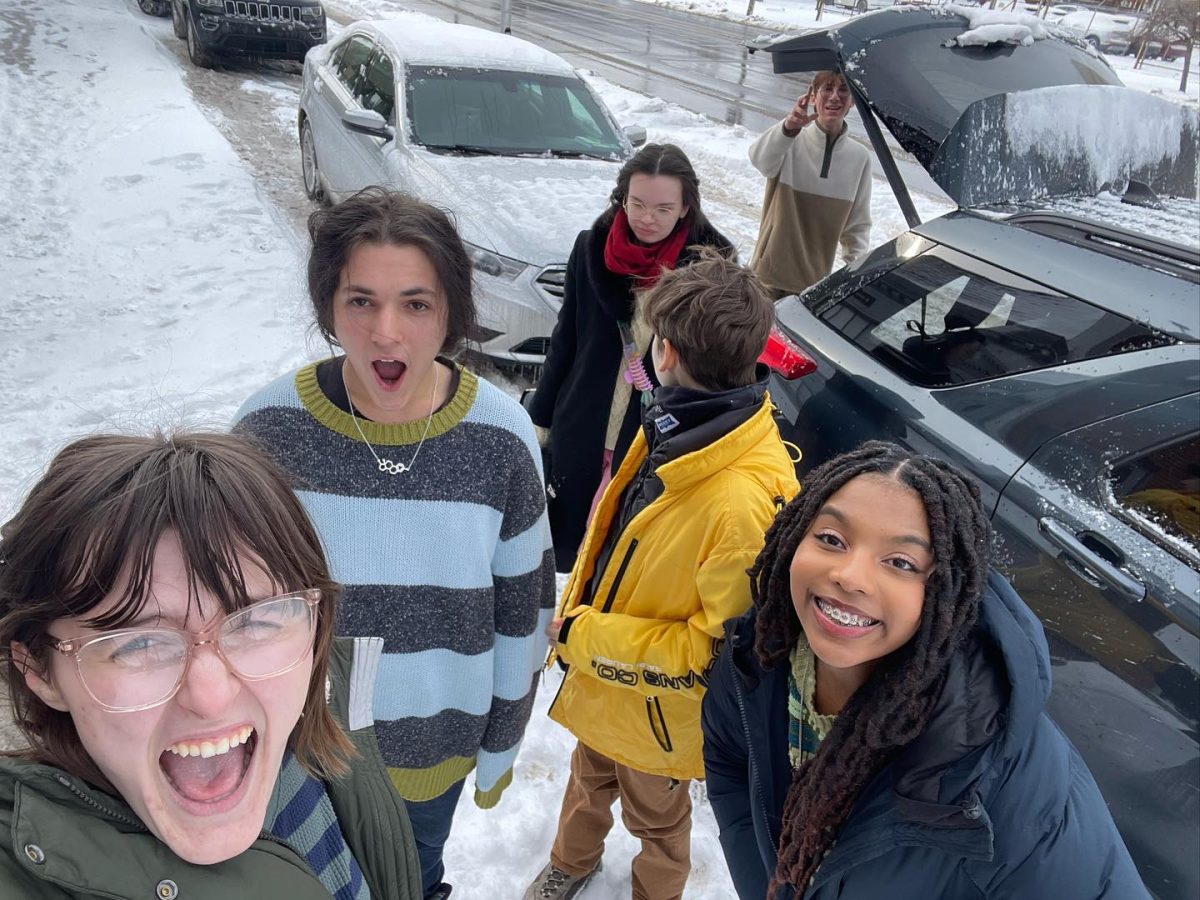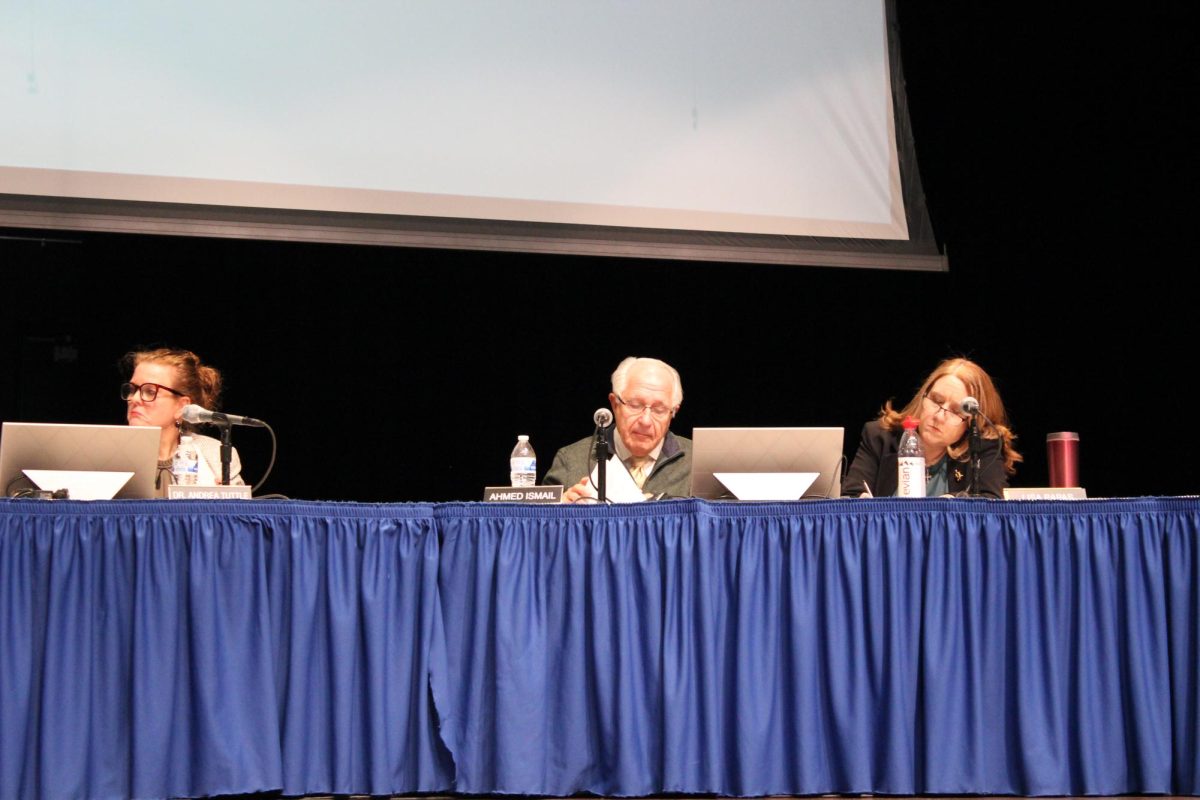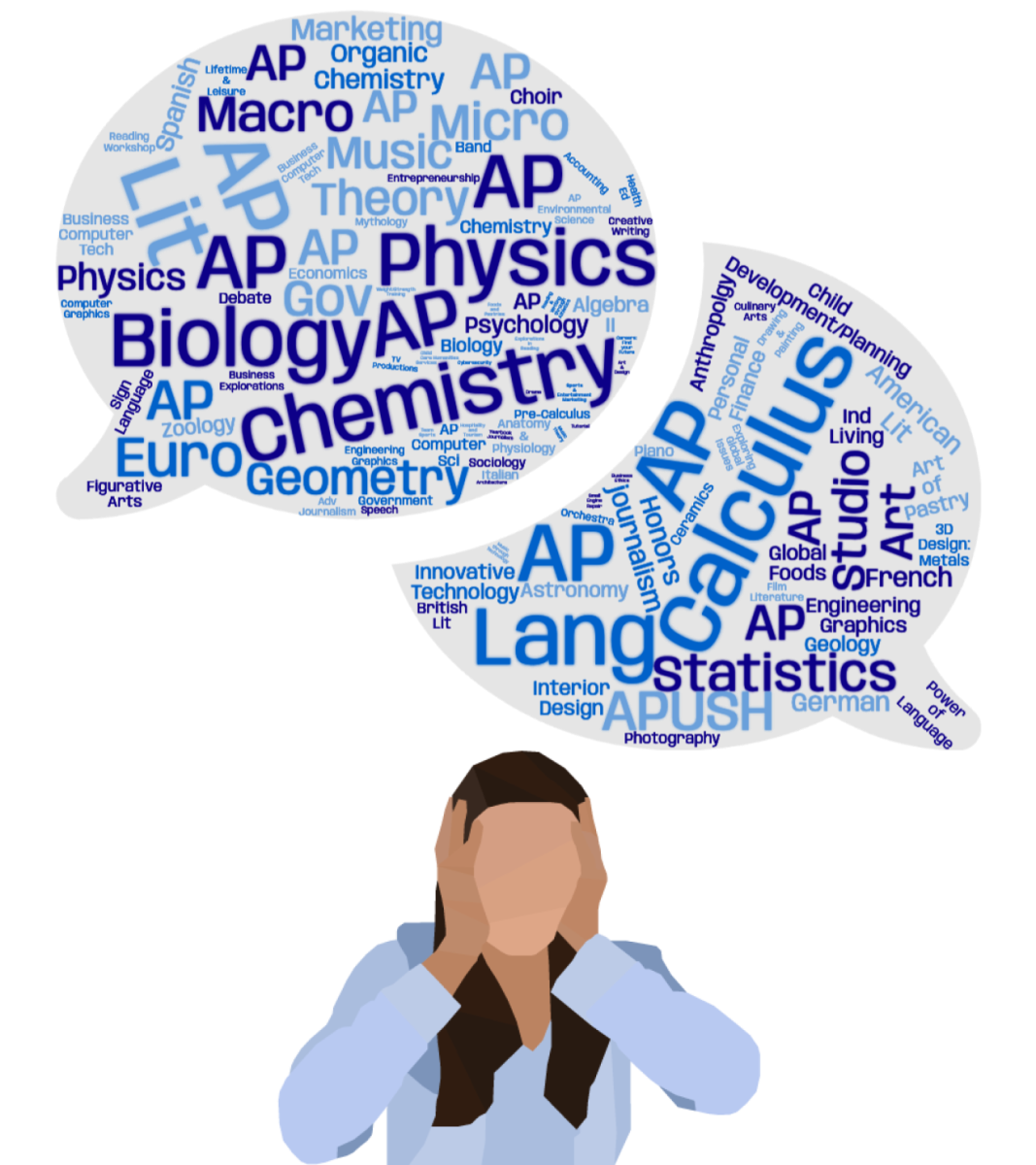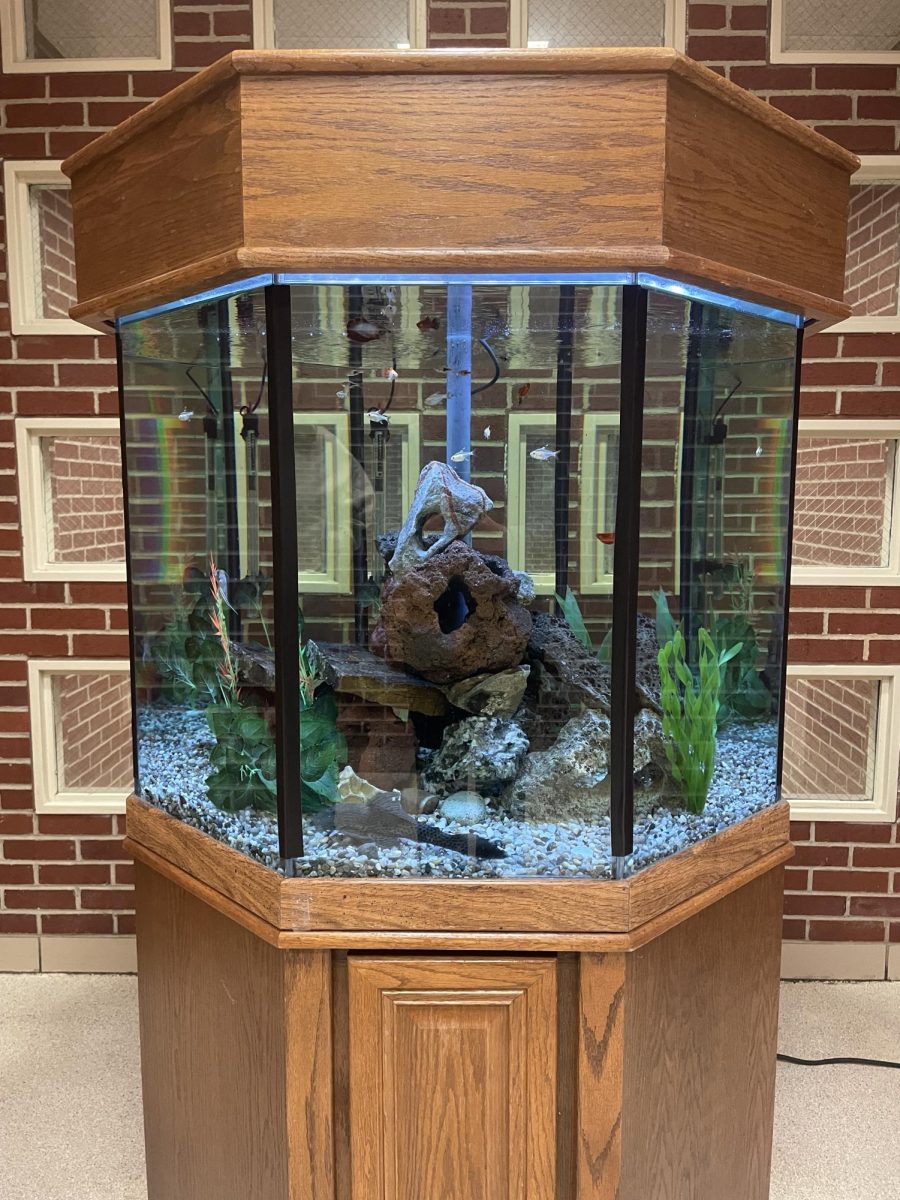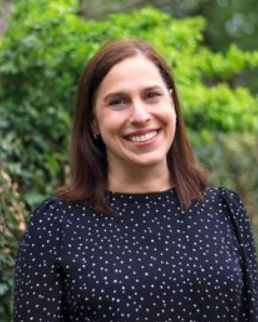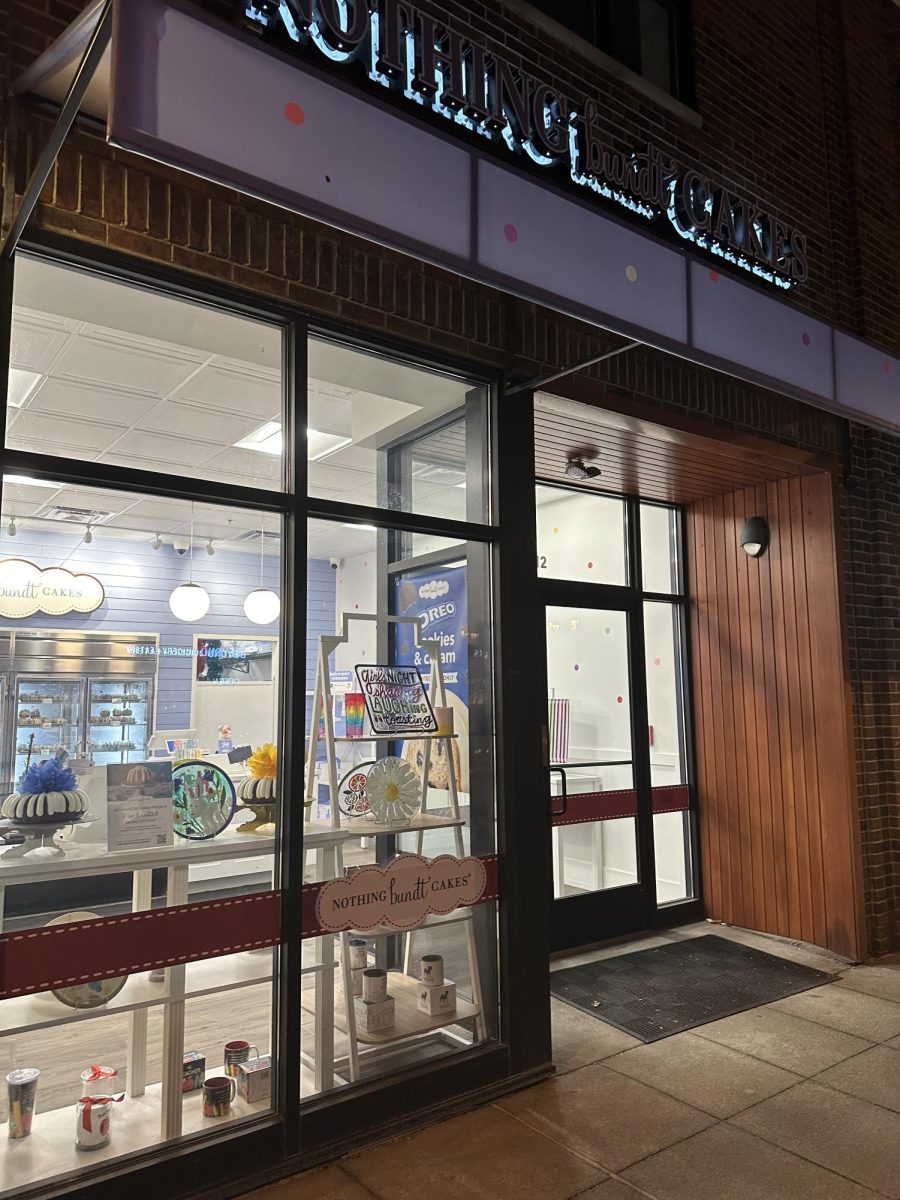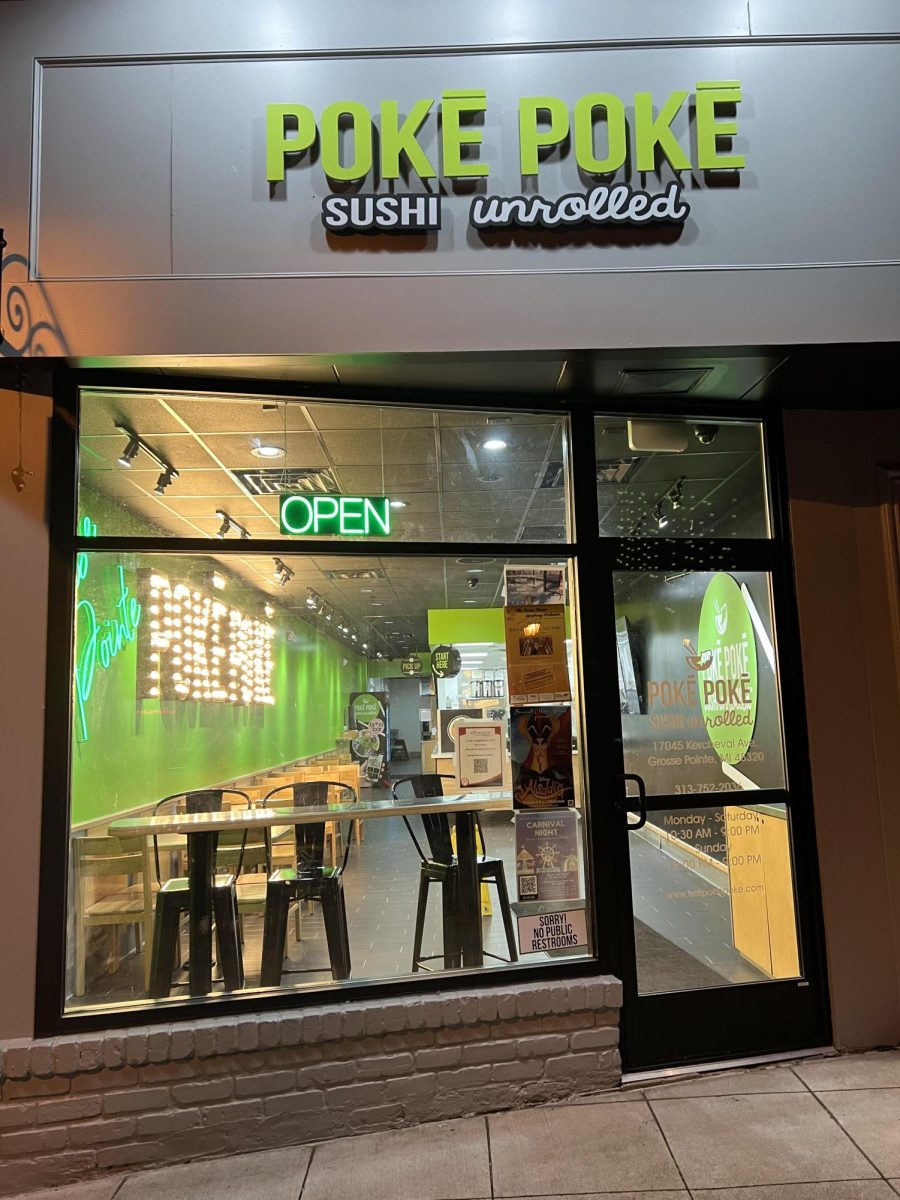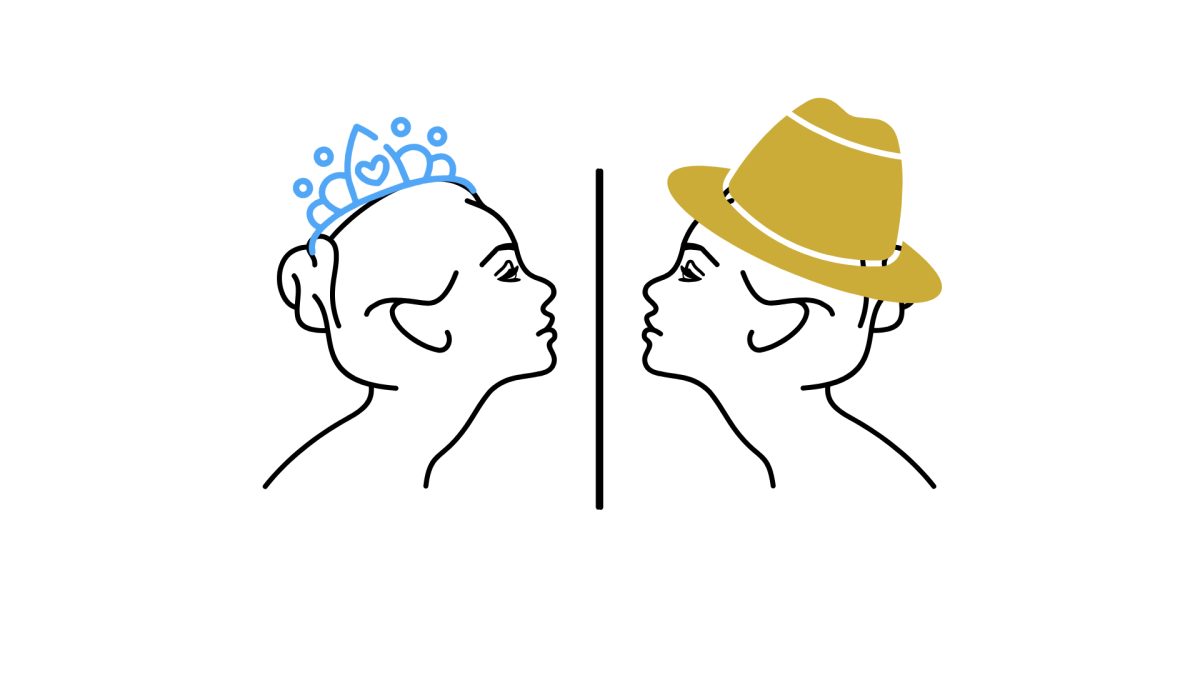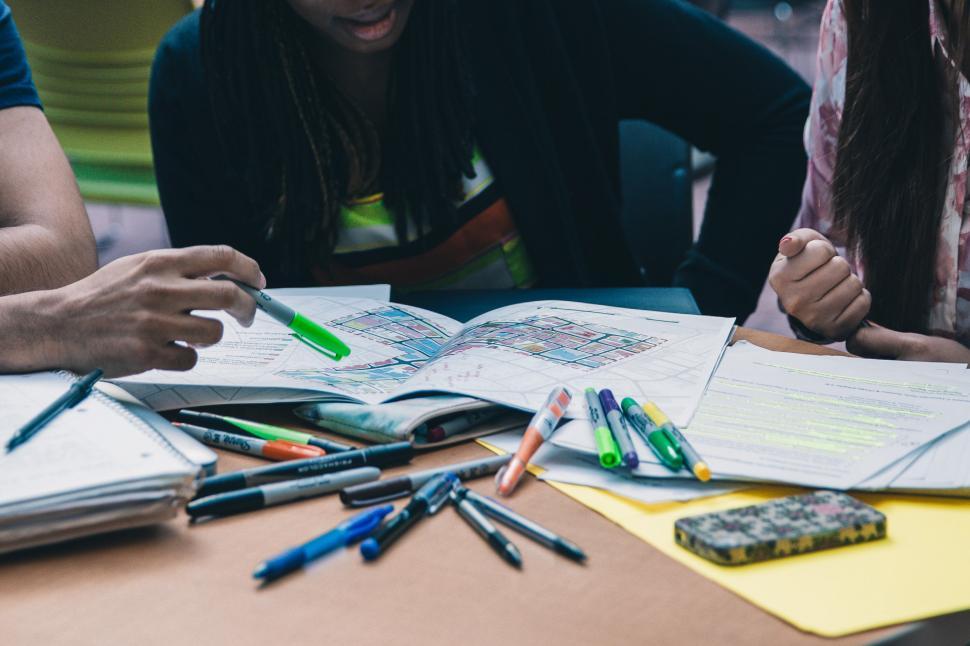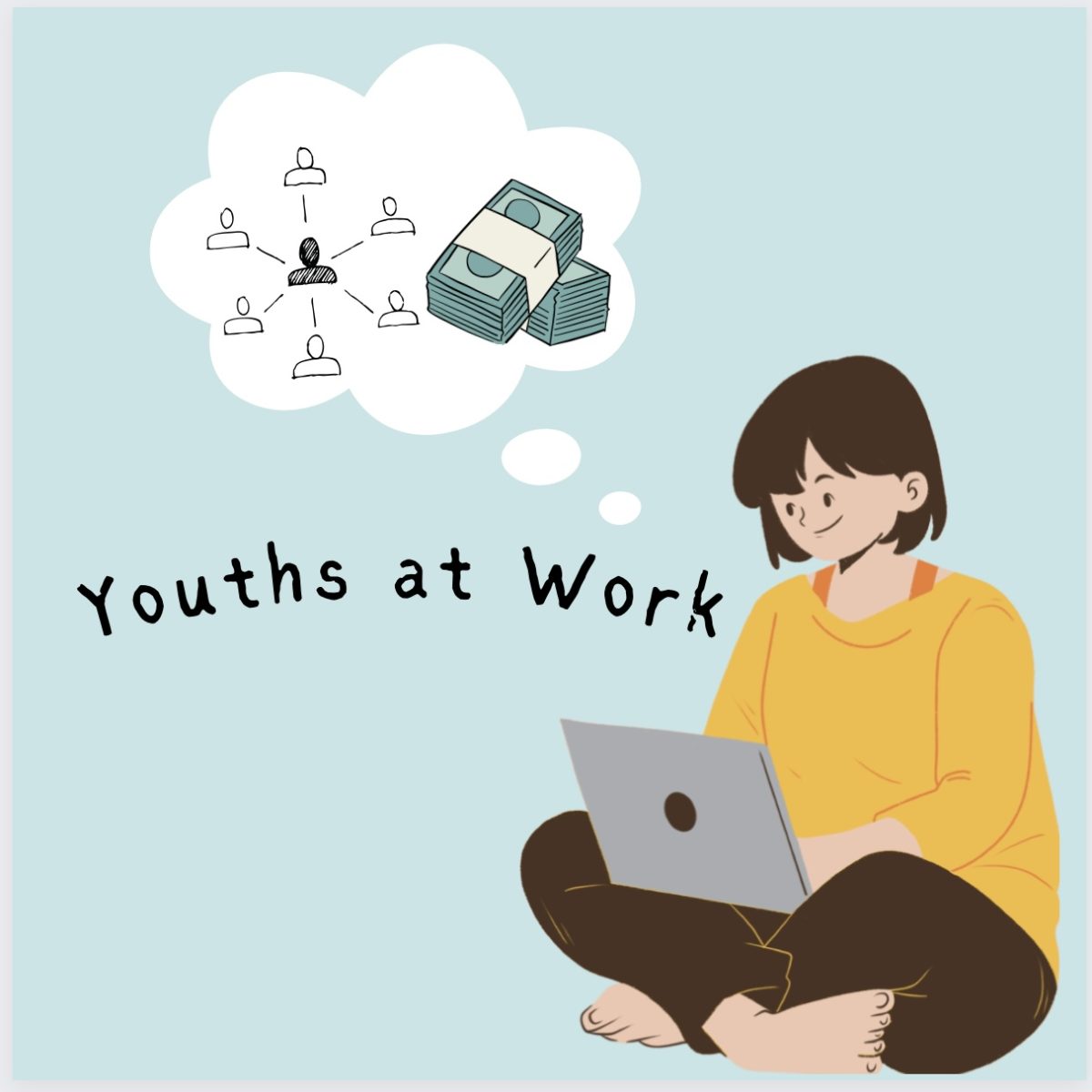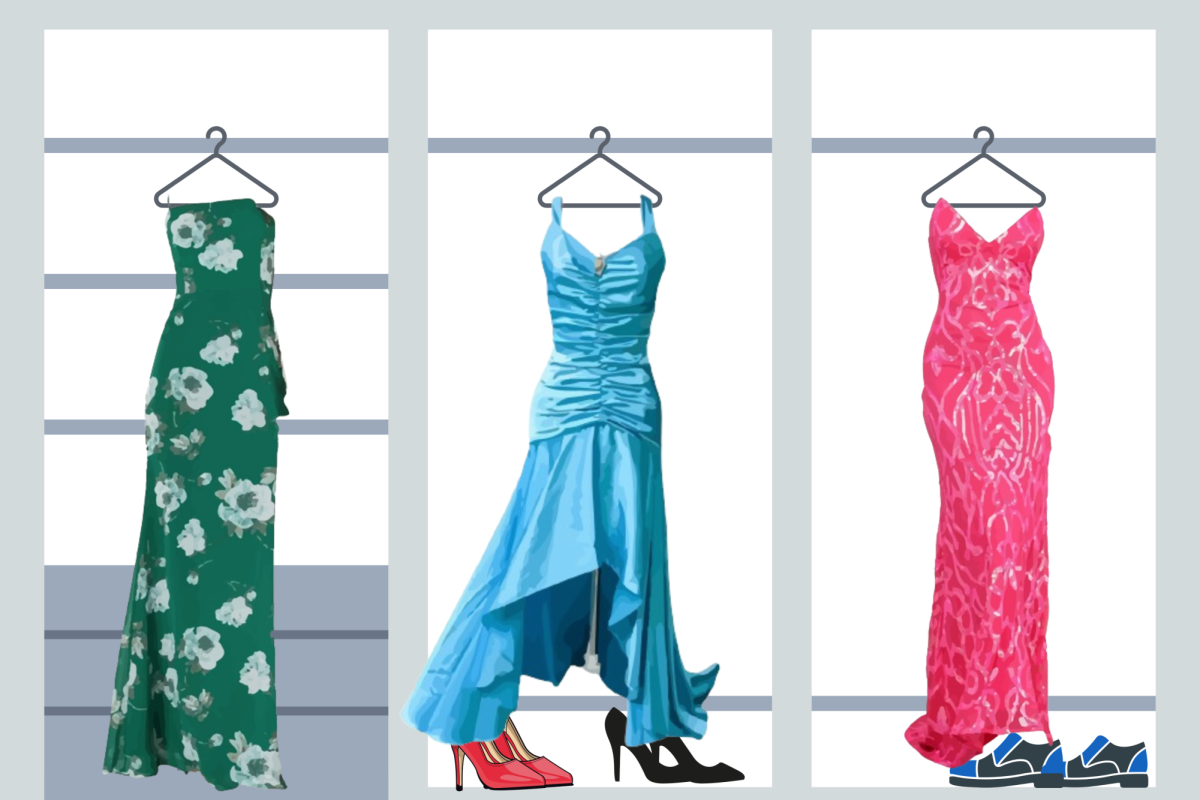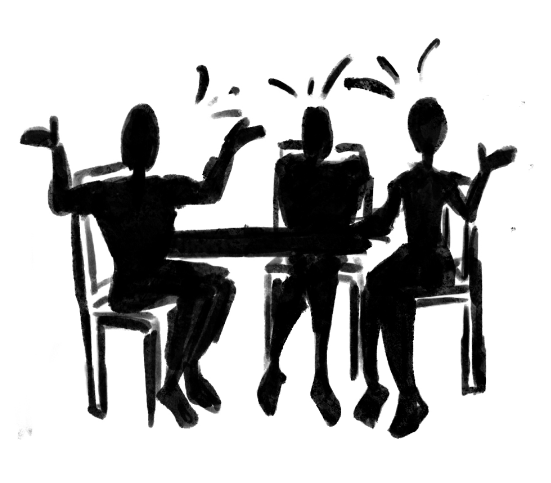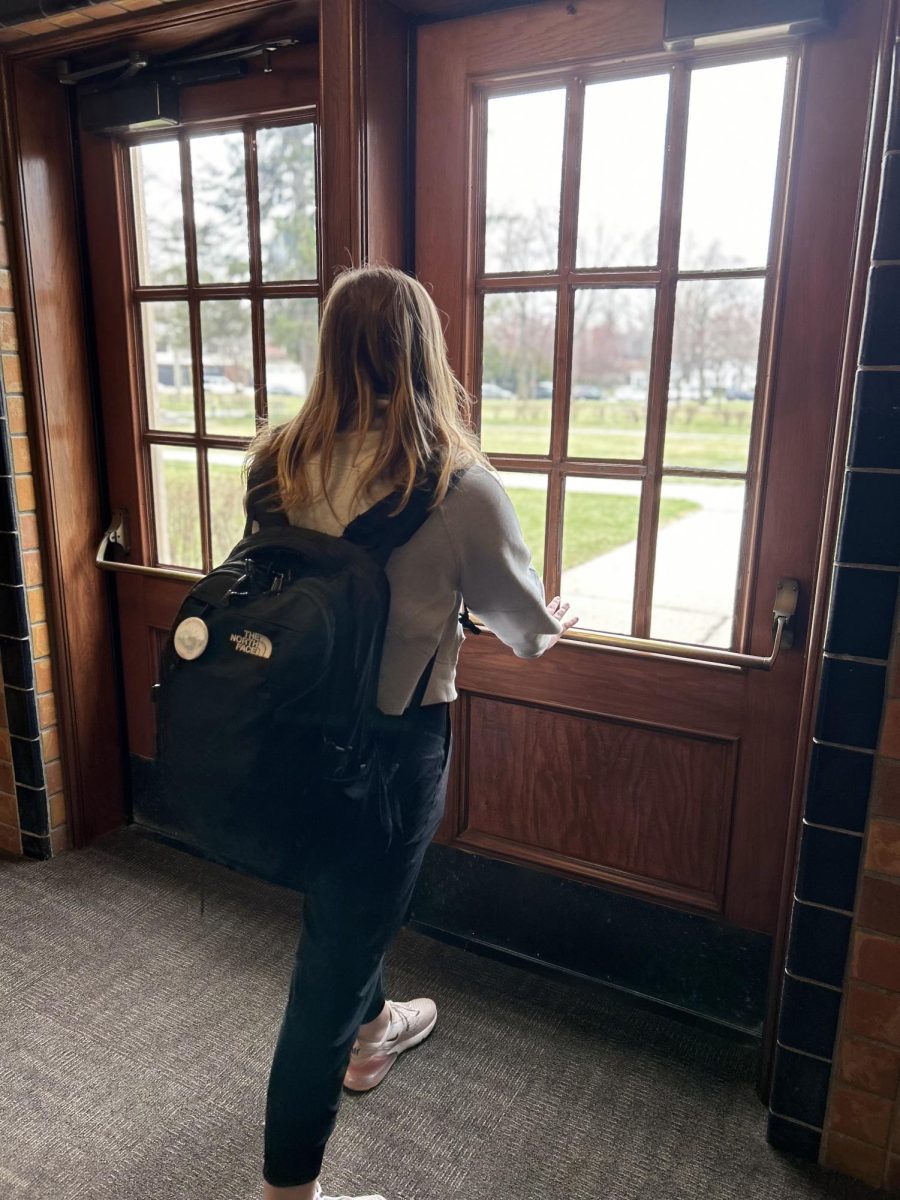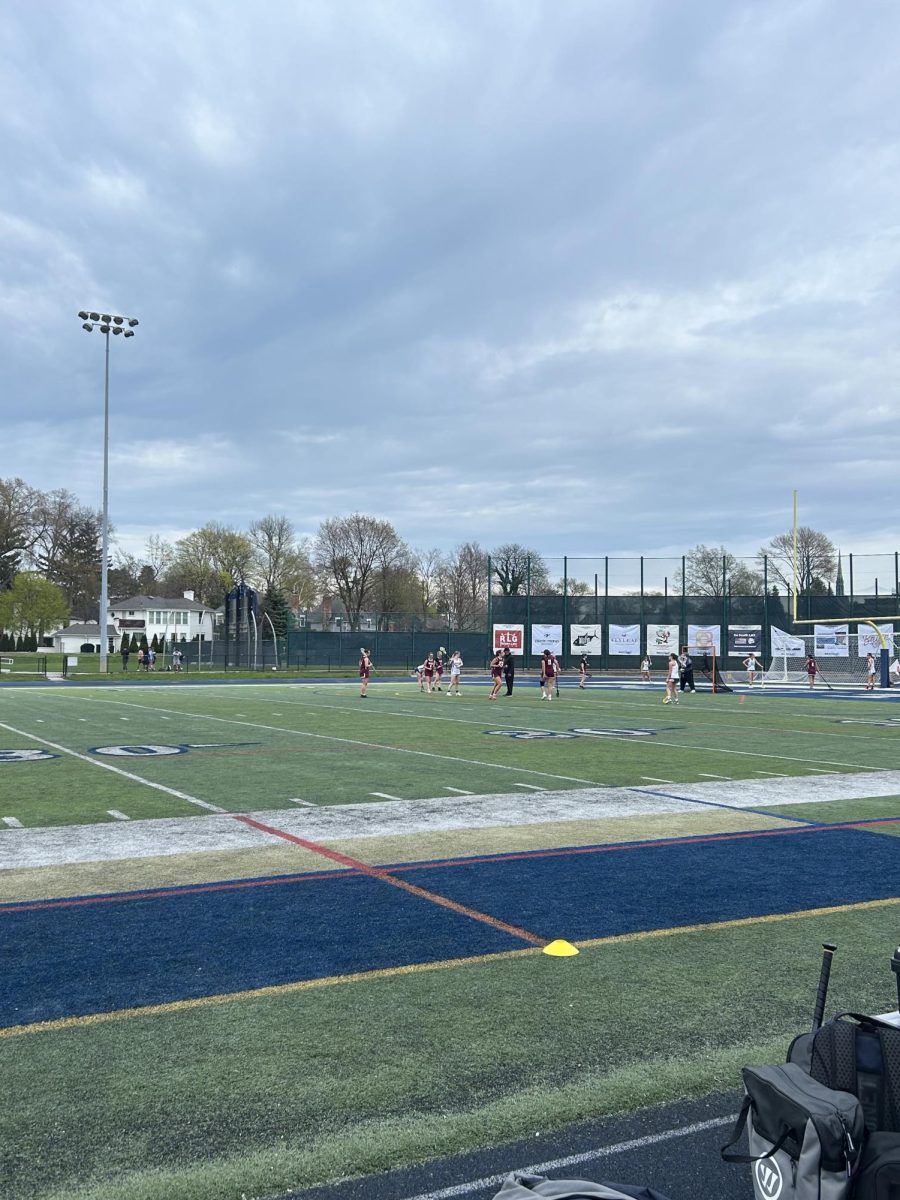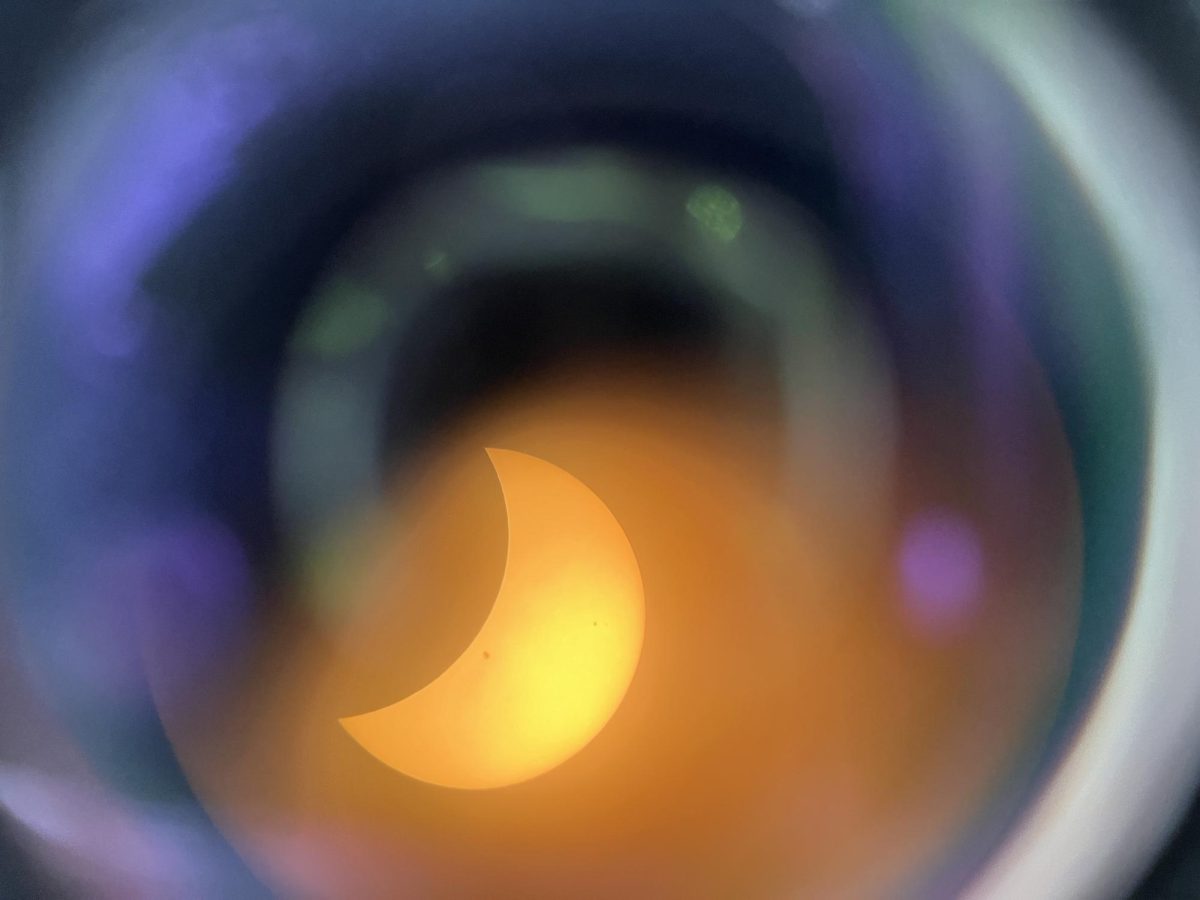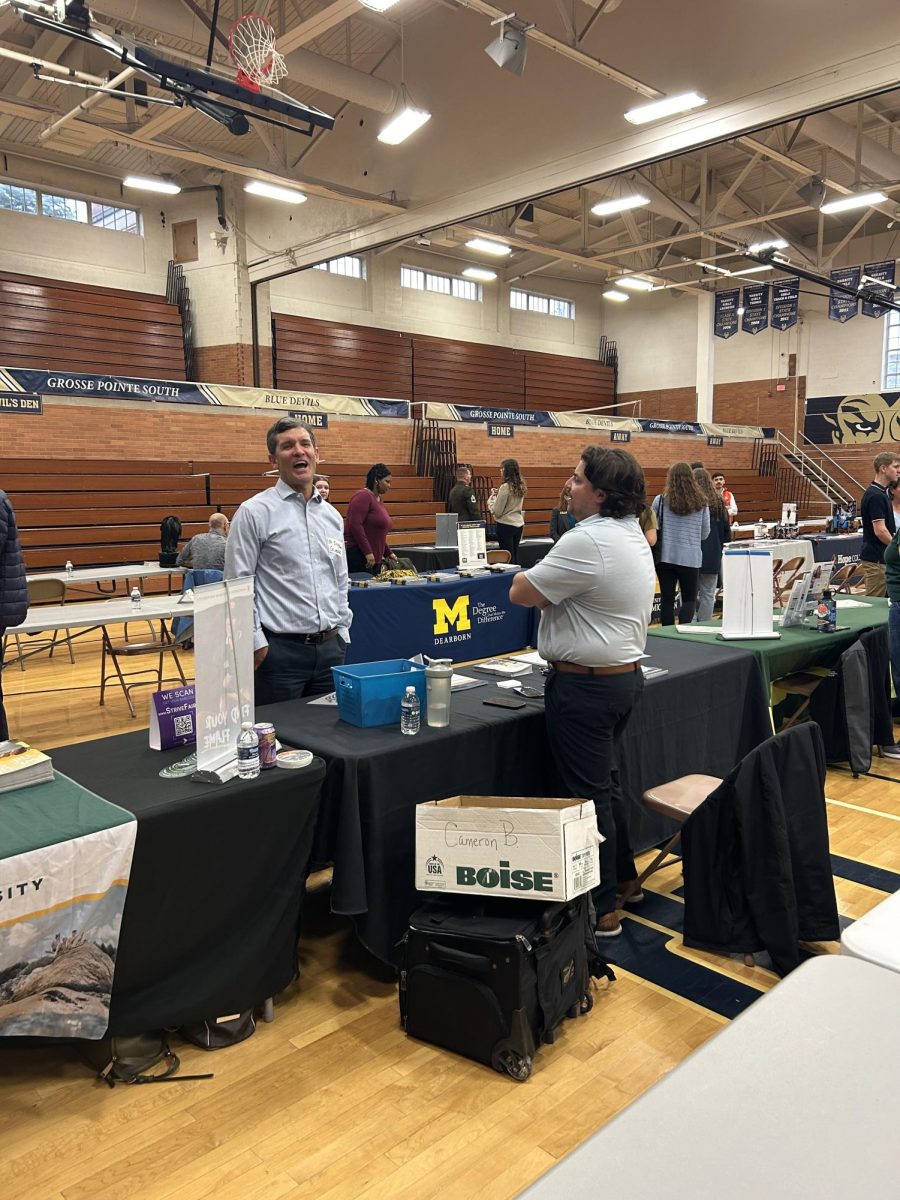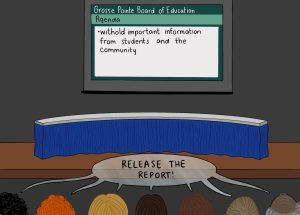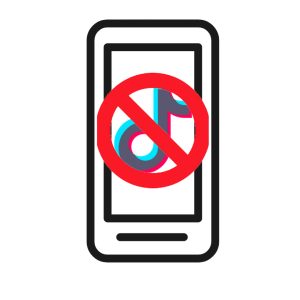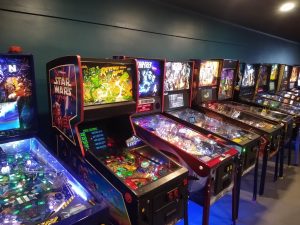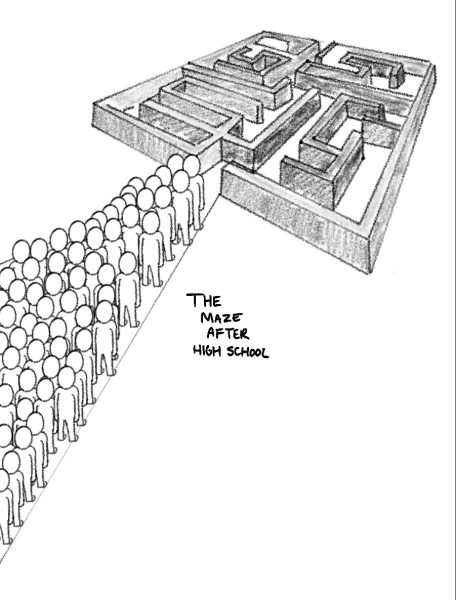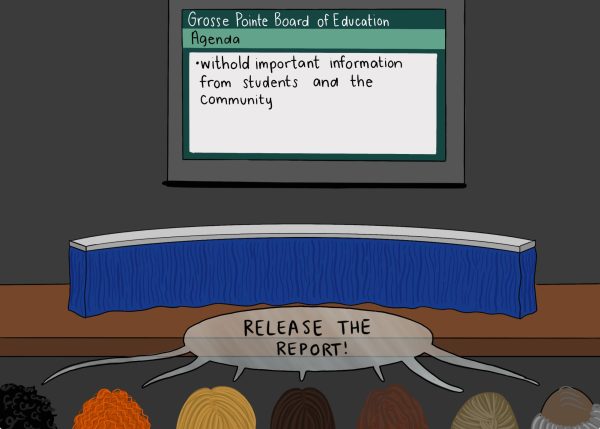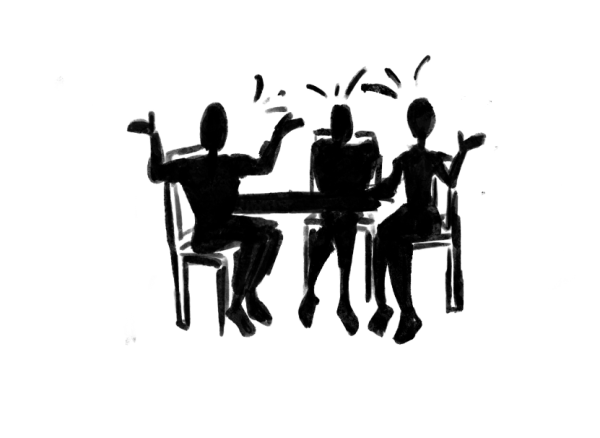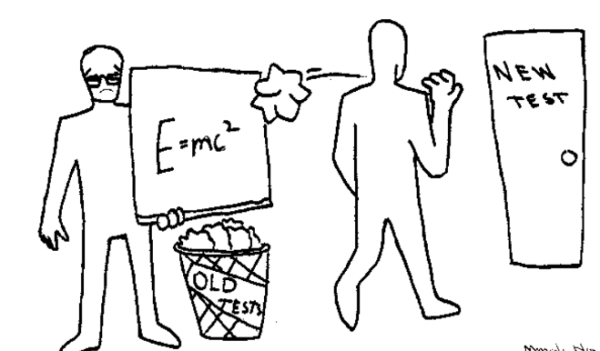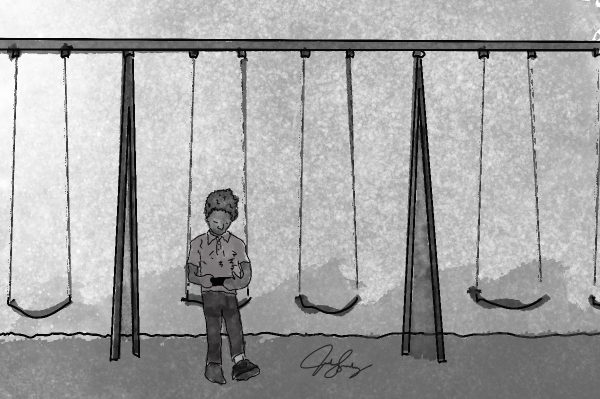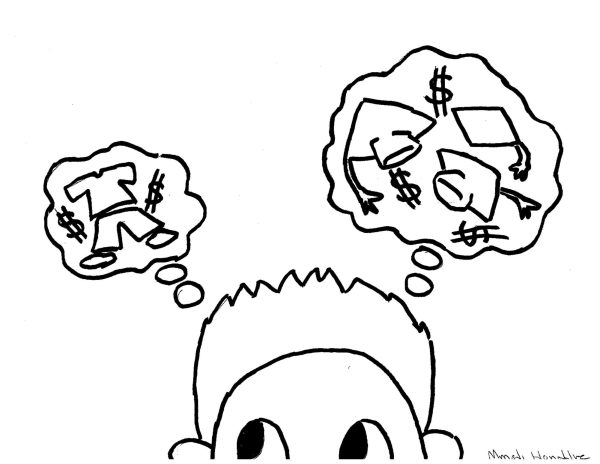The value of various viewpoints
November 7, 2019
On Oct. 22, President Donald Trump canceled the delivery of the New York Times and the Washington Post to the White House and subsequently canceled the delivery of these publications to several other federal agencies. This comes after more than two years of accusations that these left-leaning publications are “fake news” and “enemies of the people.”
As with most mainstream news publications, the New York Times and Washington Post tend to skew left in media bias and frequently publish articles that condemn the Trump Administration. Although these publications have historically criticized whomever was serving as president, the president no longer wanted to read articles that cast him in an unflattering light.
The larger issue at hand is not that he canceled the subscription, but why. The reality is that these publications don’t conform to the bias the president holds. He is not alone in limiting his reading to only those publications that print articles with which he agrees.
The problem is that we all do this.
We at the Tower fear that a precedent is being set in which people consume only the news that confirms their predetermined opinions. If someone leans left, they only read left-leaning publications. Likewise, if someone leans right, they read right-leaning publications.
When we conform to practice of exposing ourselves to the news that fits our pre-existing views, rather than a wide range of perspectives, we unknowingly widen the chasm that continues to divide our society. People develop a confirmation bias. Someone who hasn’t exposed themselves to different set of opinions will never be able to understand the point of view of someone else– they only are used to hearing what they want to hear.
We are inclined to read news with a personal bias. In the modern age, artificial intelligence creates algorithms that selectively guess what information a user would like to see based on information about the user, which Reynolds Community College describe as “filter bubbles”. As a result, users “become separated from information that disagrees with their viewpoints, effectively isolating them in their own cultural or ideological bubbles.”
It all comes down to sourcing. When people have a surplus of access to the news, sourcing reliable news becomes difficult. A study from Northeastern University found that 89 percent of students use social media as their source of weekly news. While there is no inherent problem with this, sourcing all your news from the Daily Mail or Buzzfeed on Snapchat will never provide a veracious viewpoint. Social media is one way to source news, but we request that students try reading newspapers, blogs and watch news channels for a wider variety of viewpoints and ideas.
Now, we are not asking students to start listening to Ben Shapiro’s podcast everyday or to watch Rachel Maddow every night– we just request that students expand their horizons when consuming news. We as citizens owe it to our generation, the generation before us and the generation after us to stay informed in the most accurate way.
We must not close ourselves off from people who disagree with us. Though reading different perspectives is a start, we must also go as far as understanding the opposition. Why do they hold their viewpoints? How do they justify their opinions? If we do this, we can better understand our peers, even if they are categorically different from ourselves.
Overall, the Tower calls for South students to consume the news consciously– to question whether the news they read represents one point of view or many. We can’t cut ourselves off from what we don’t want to hear, and we can’t only hear news from one source.


